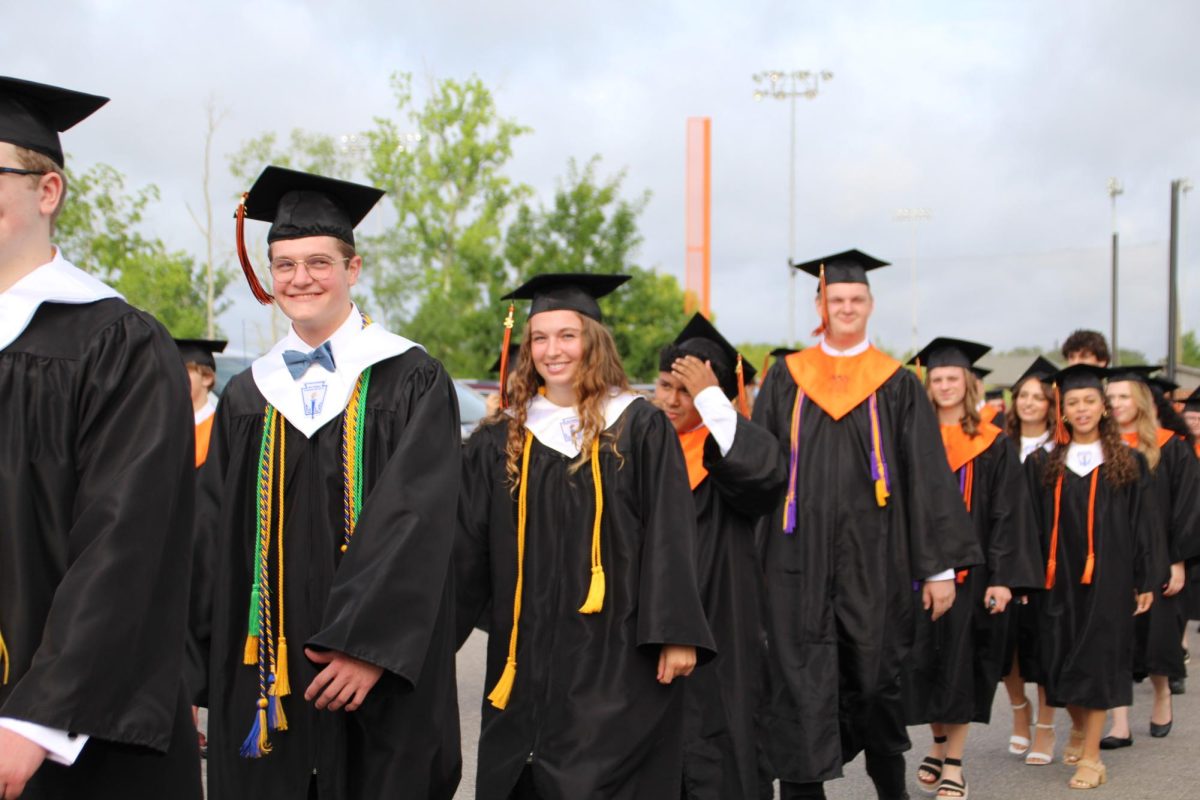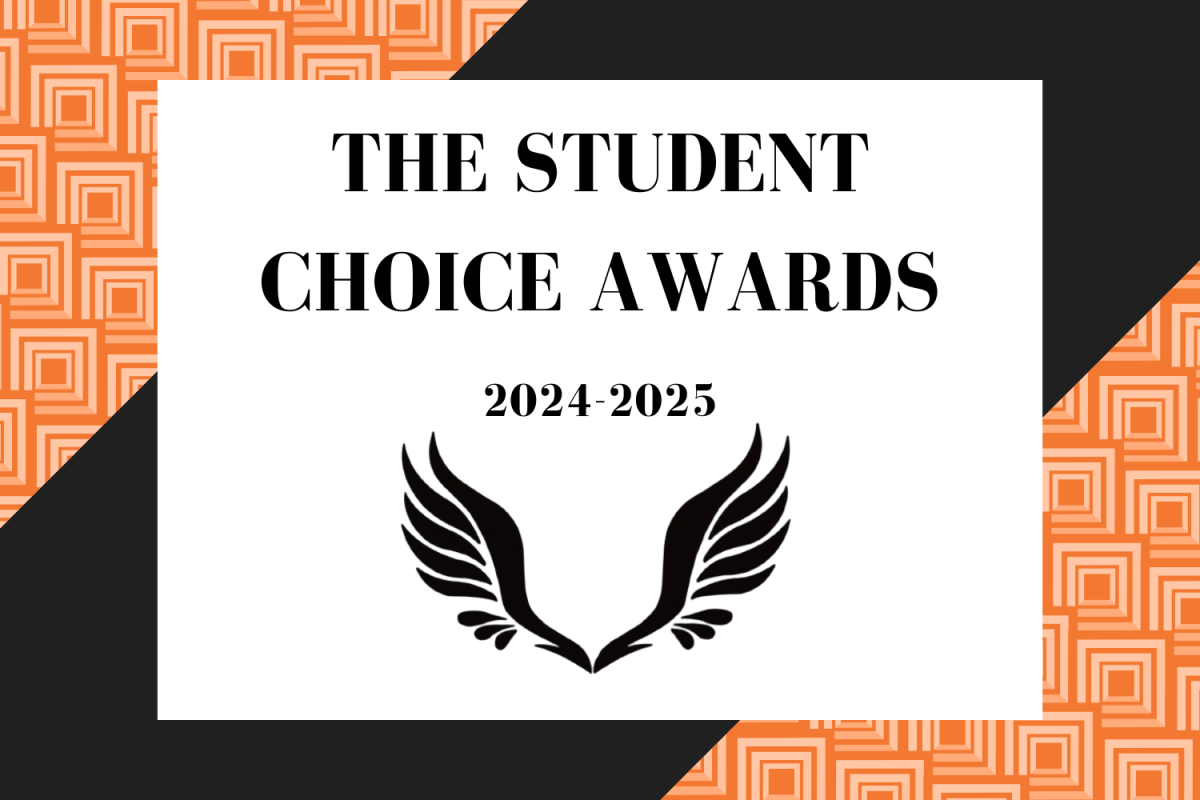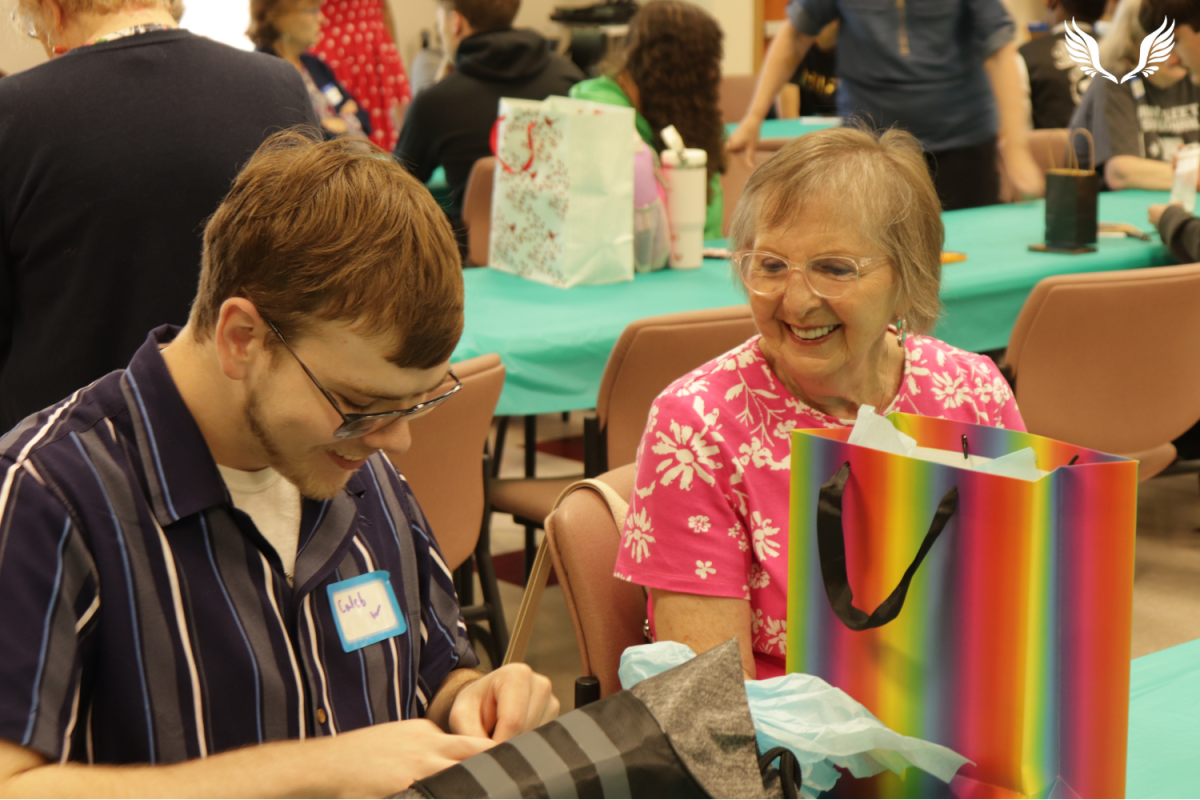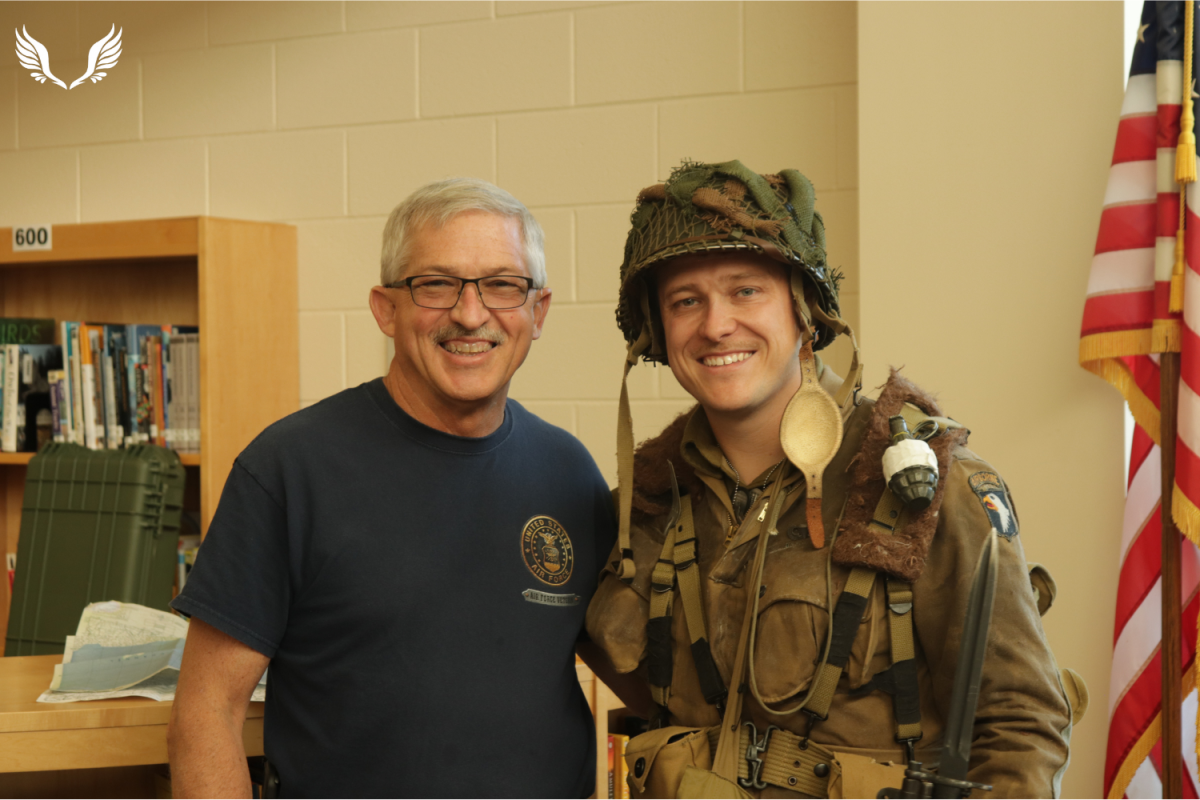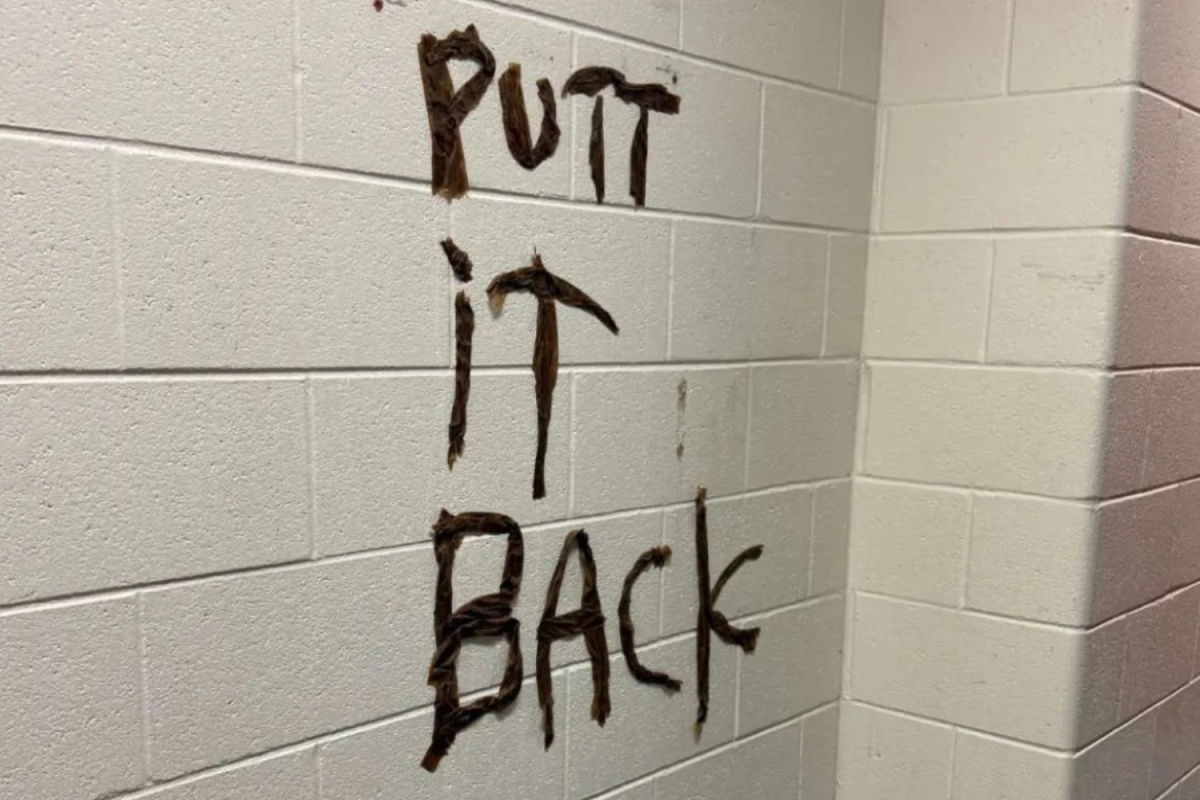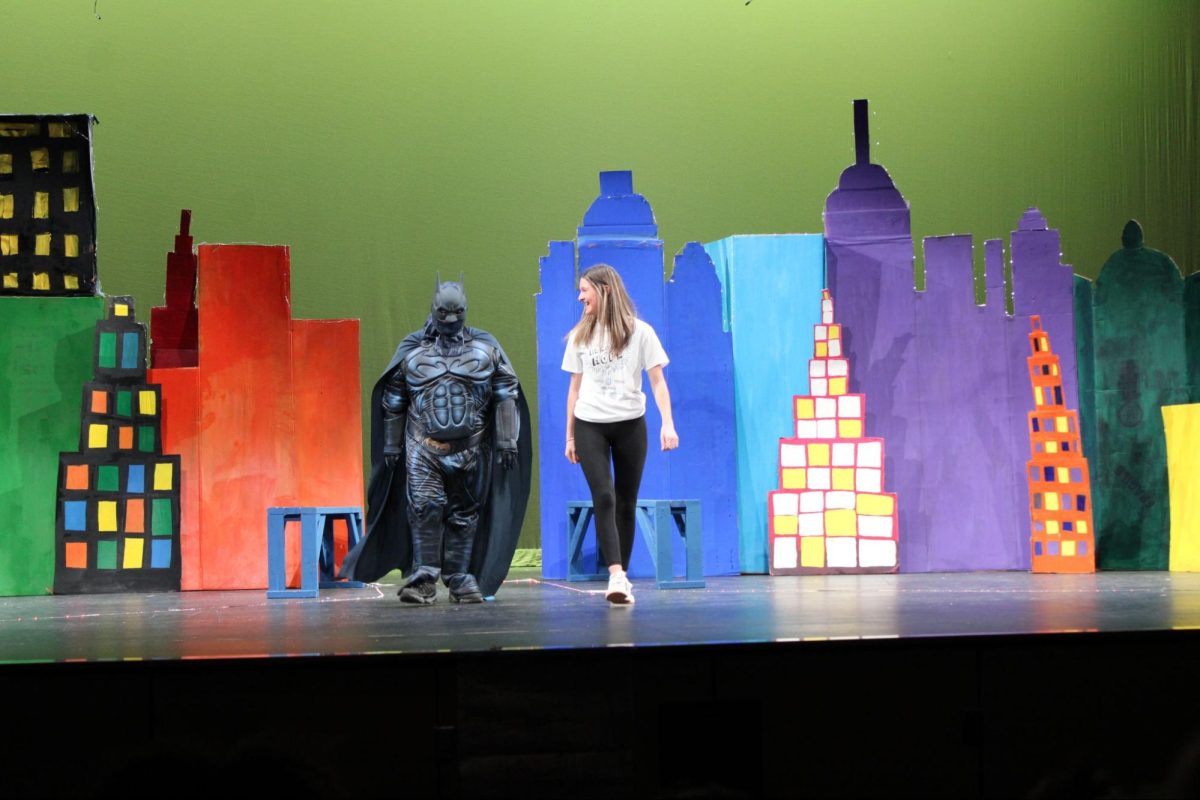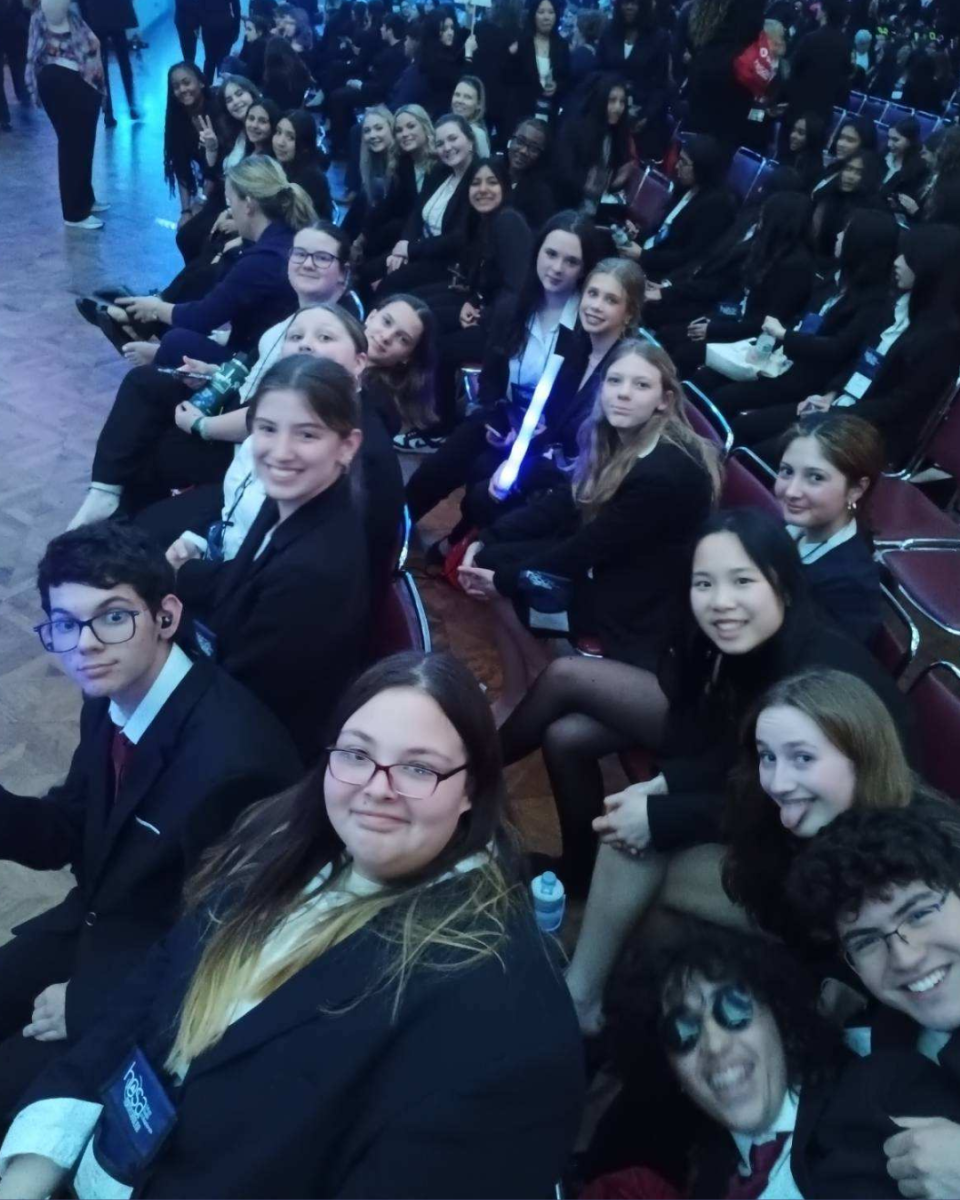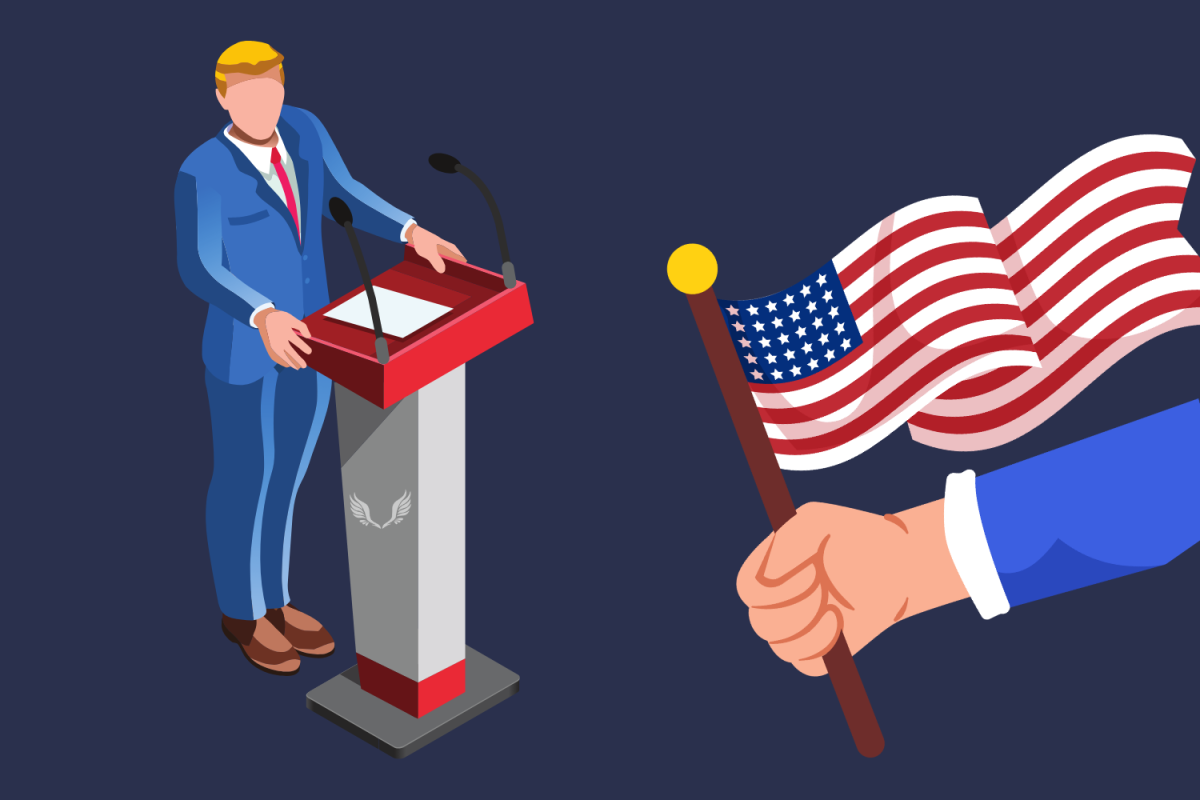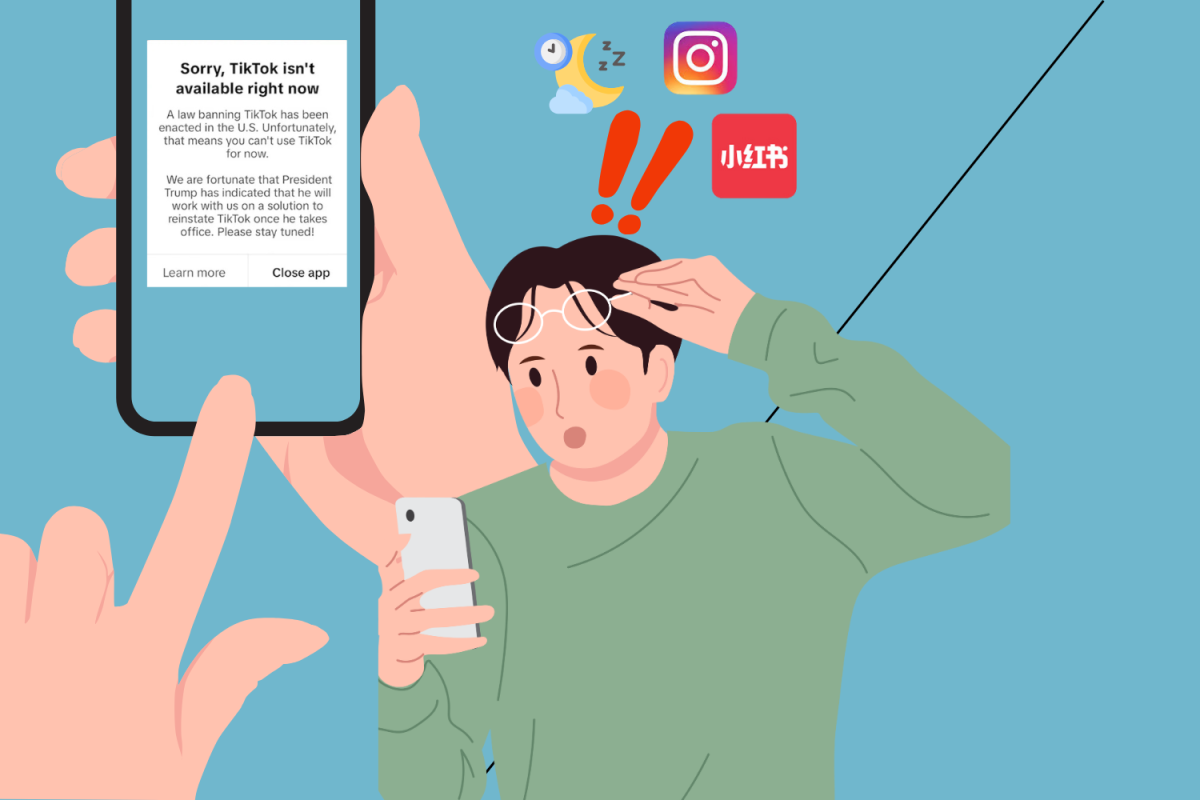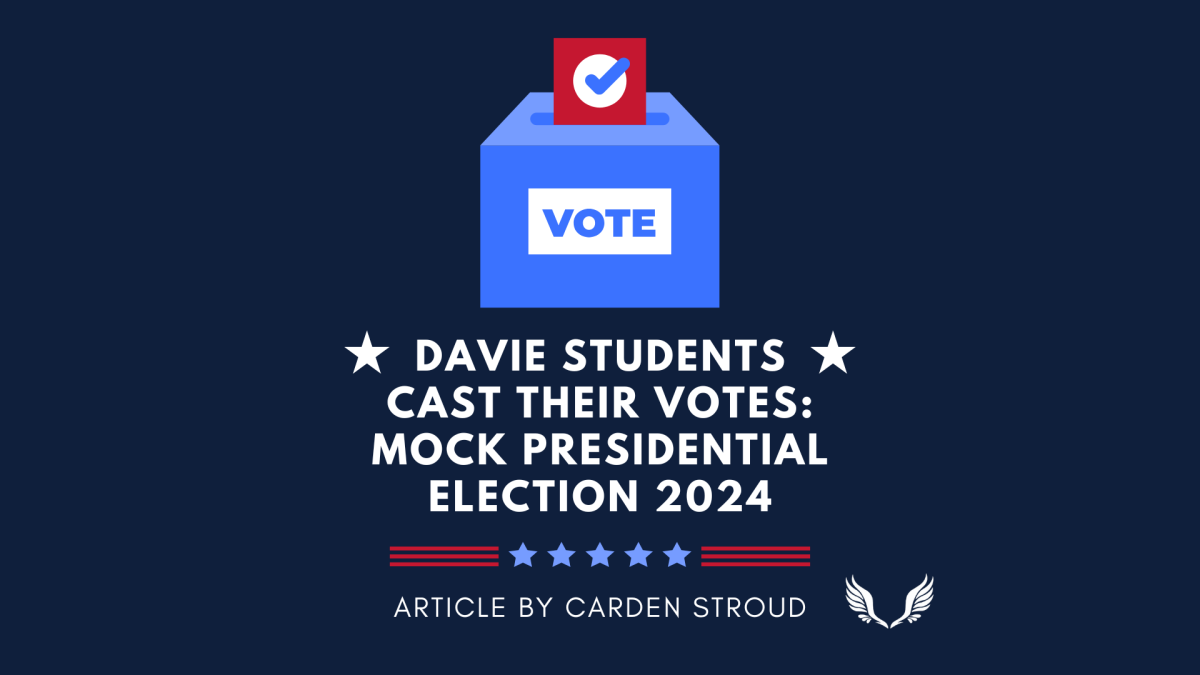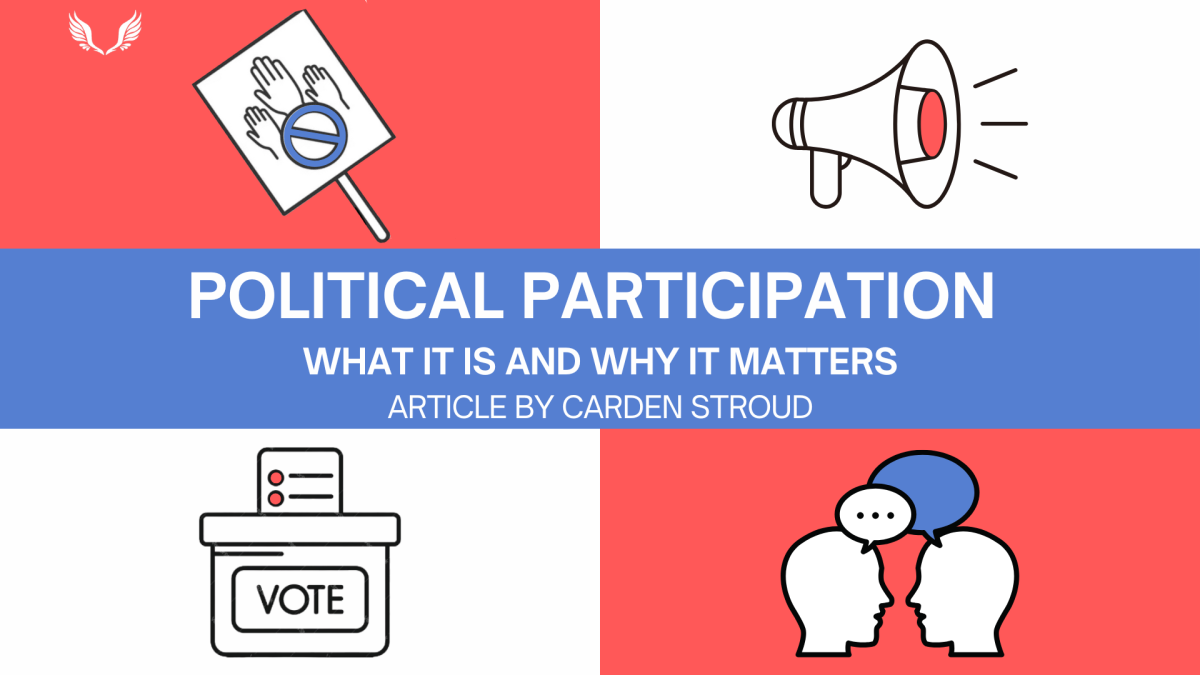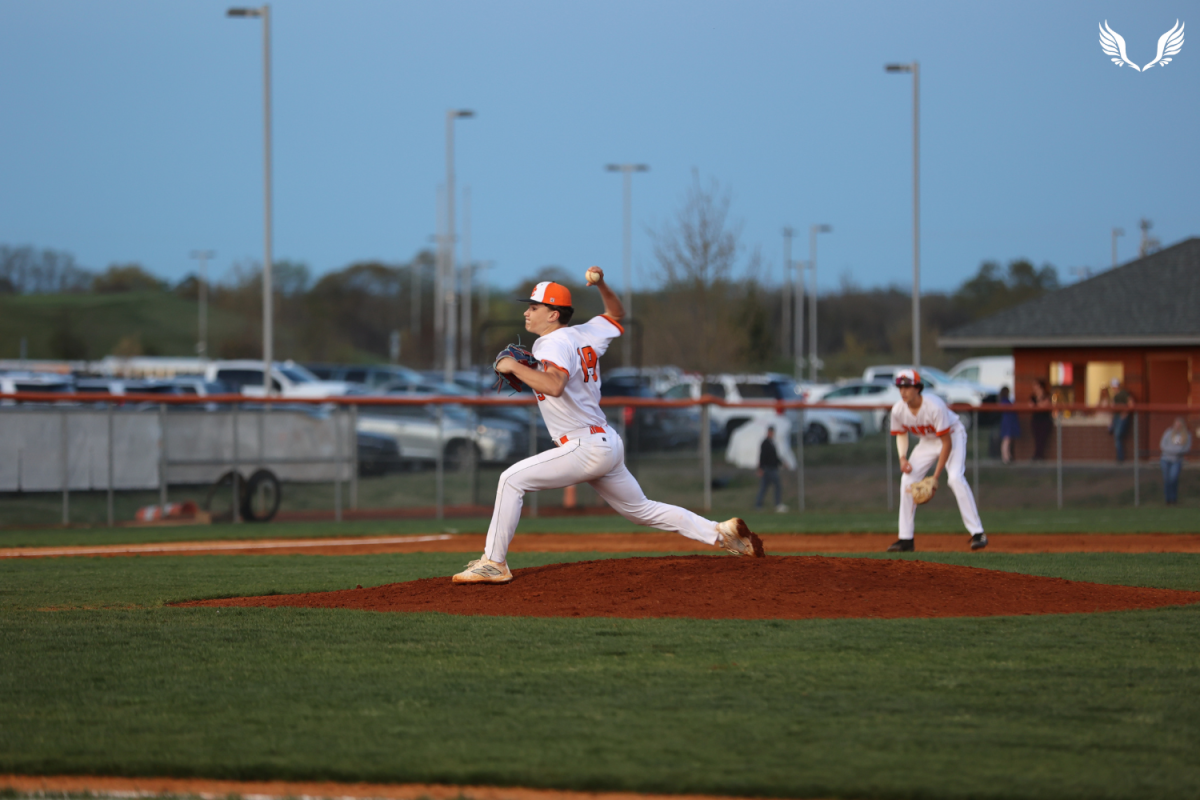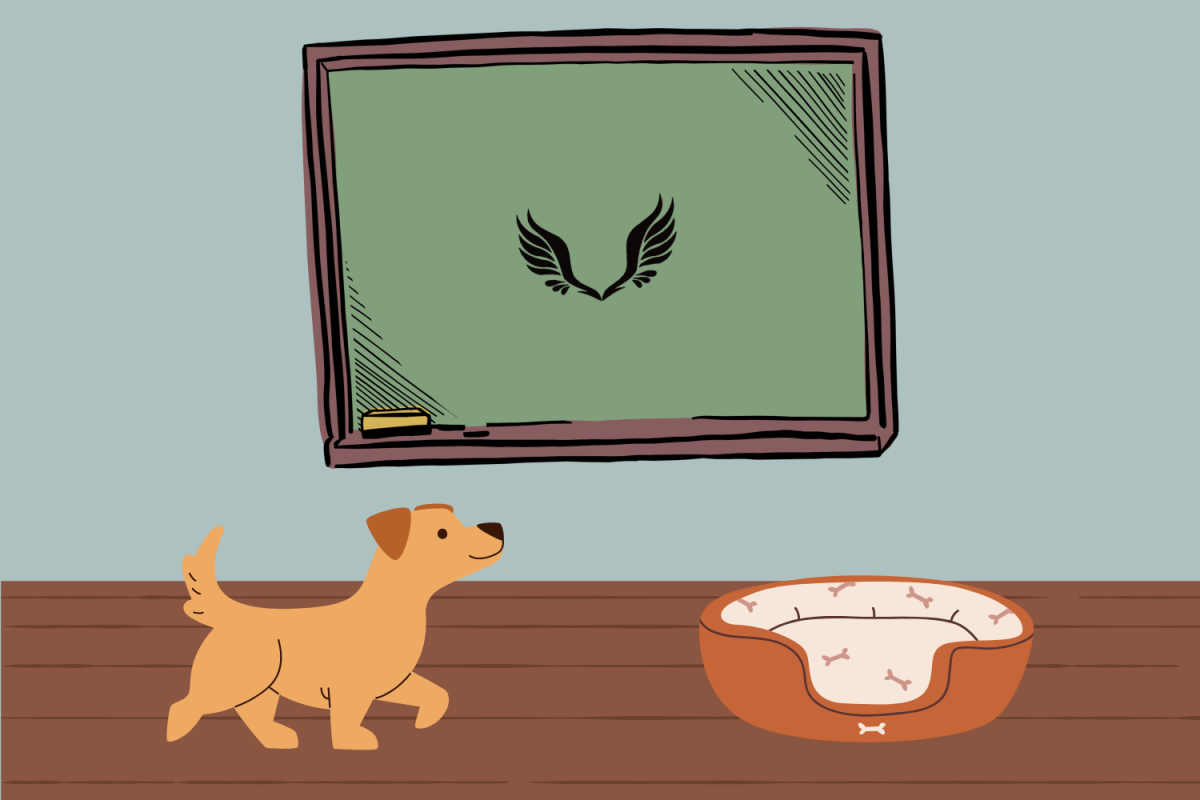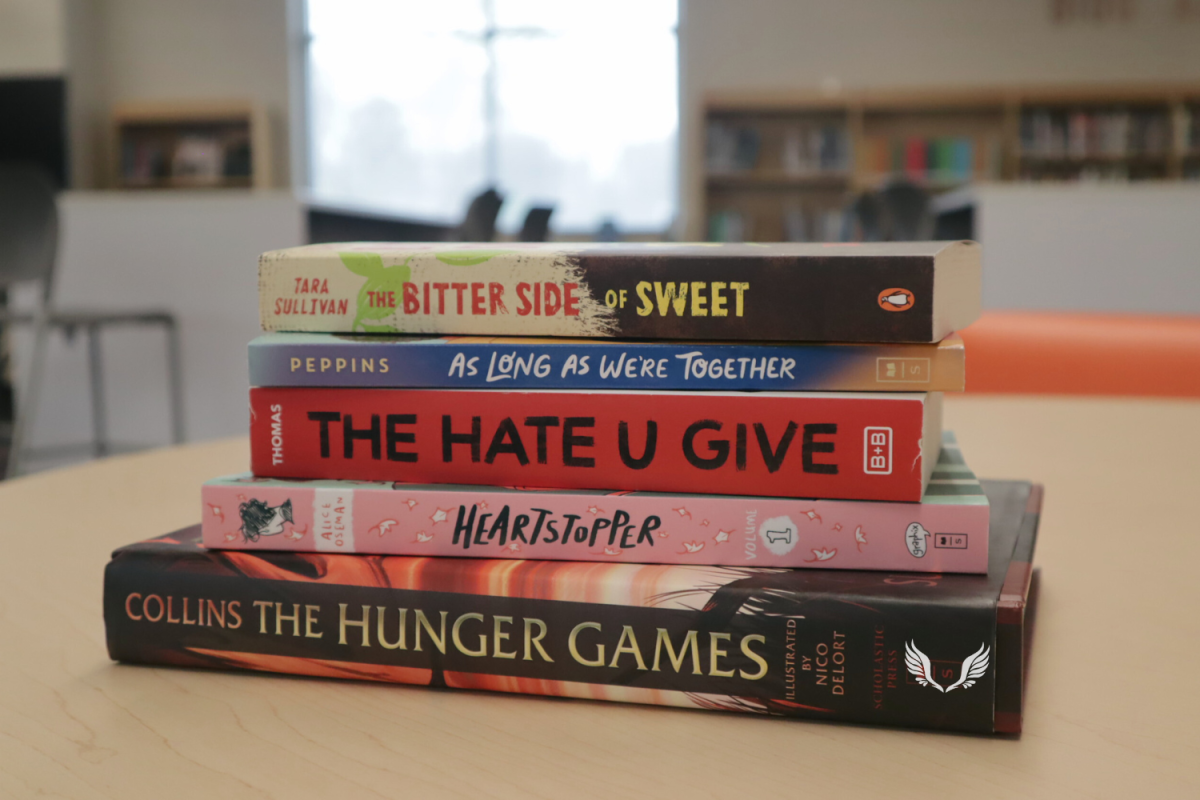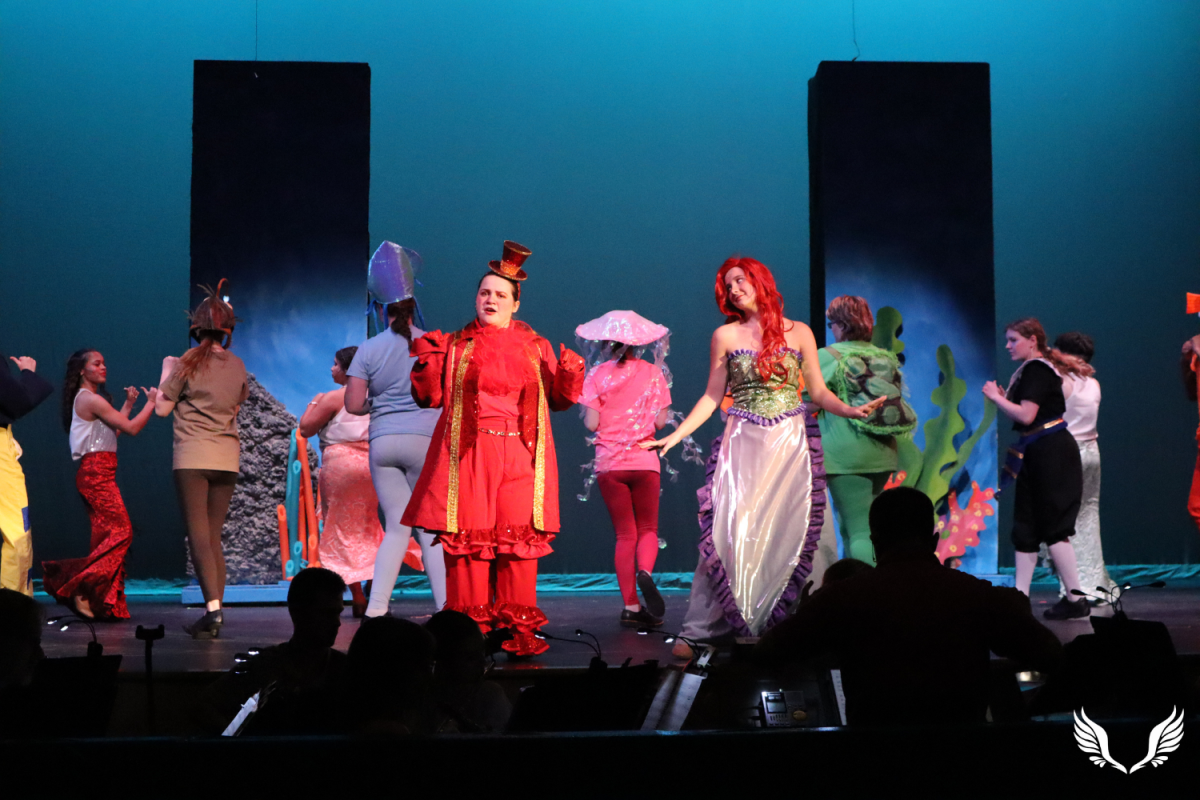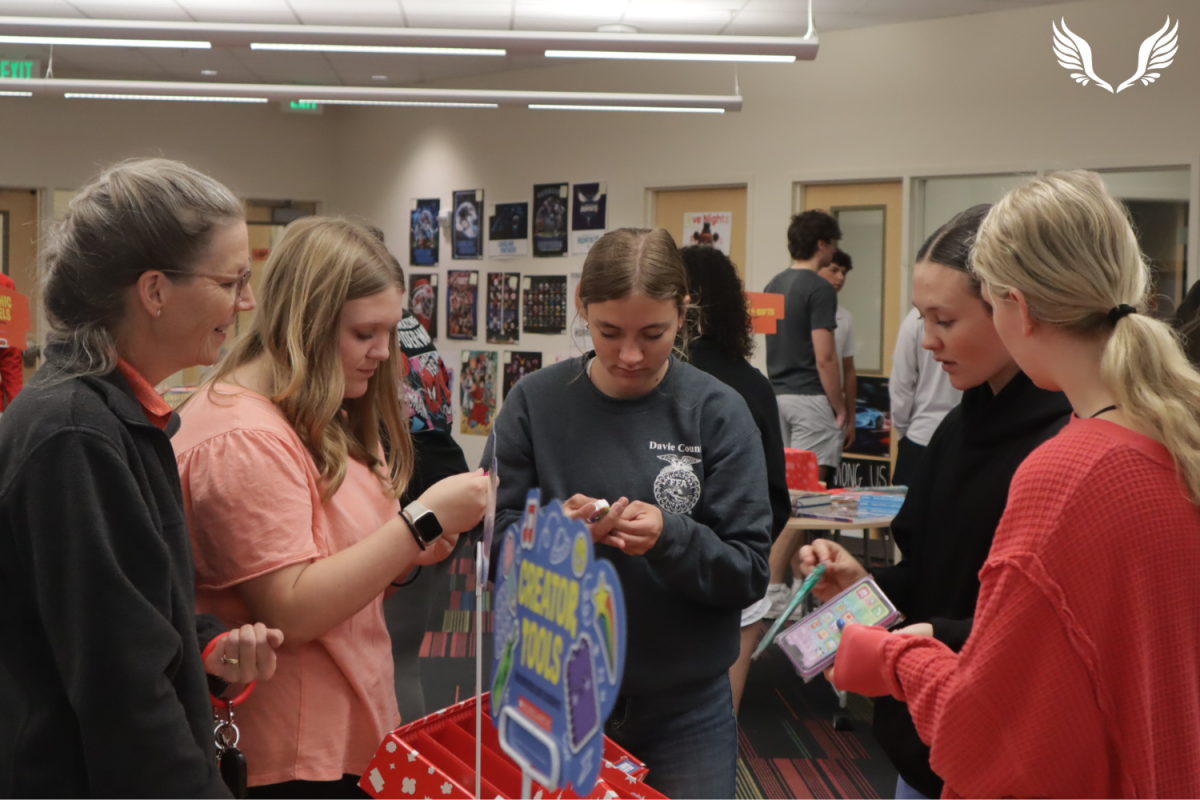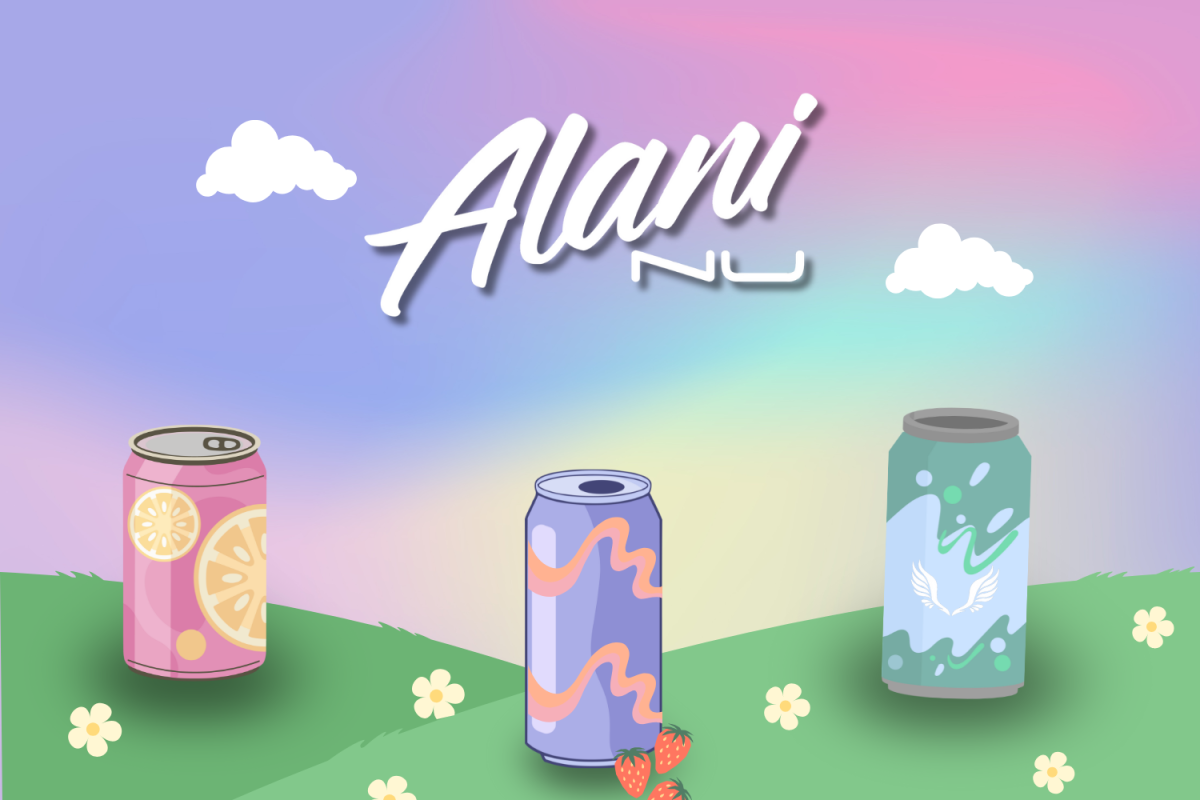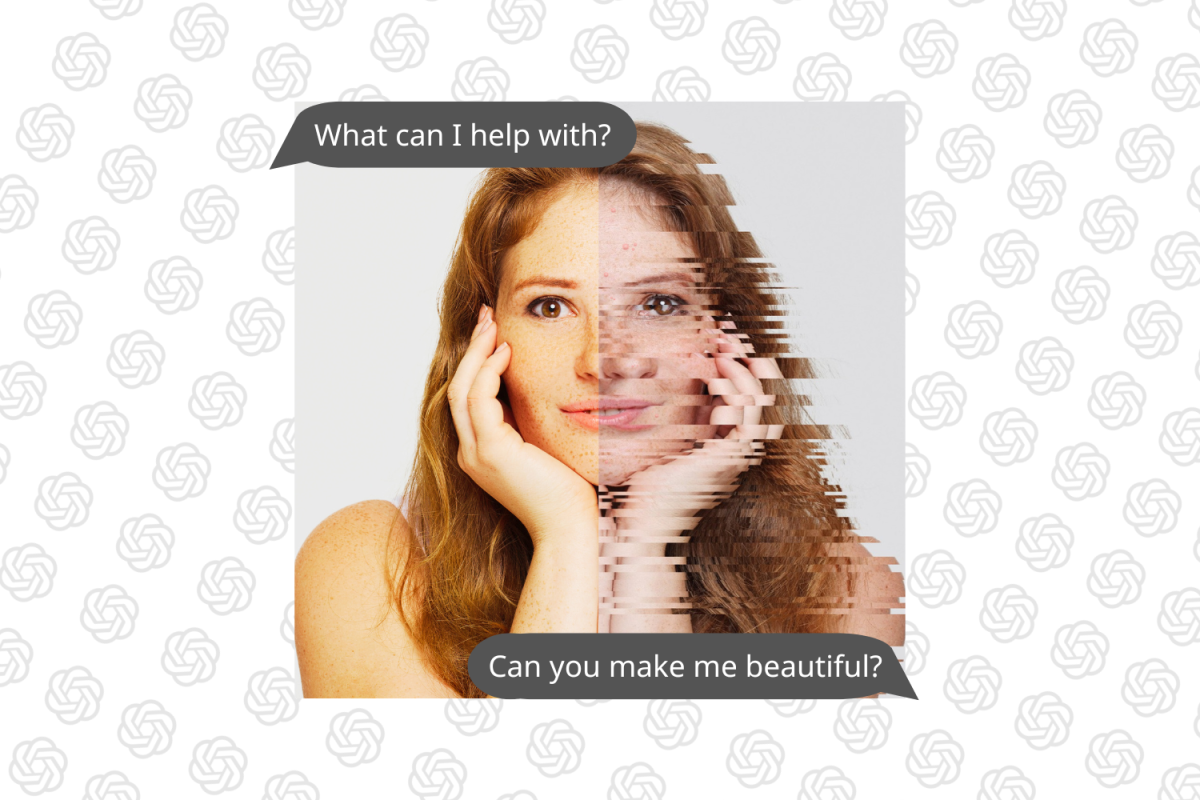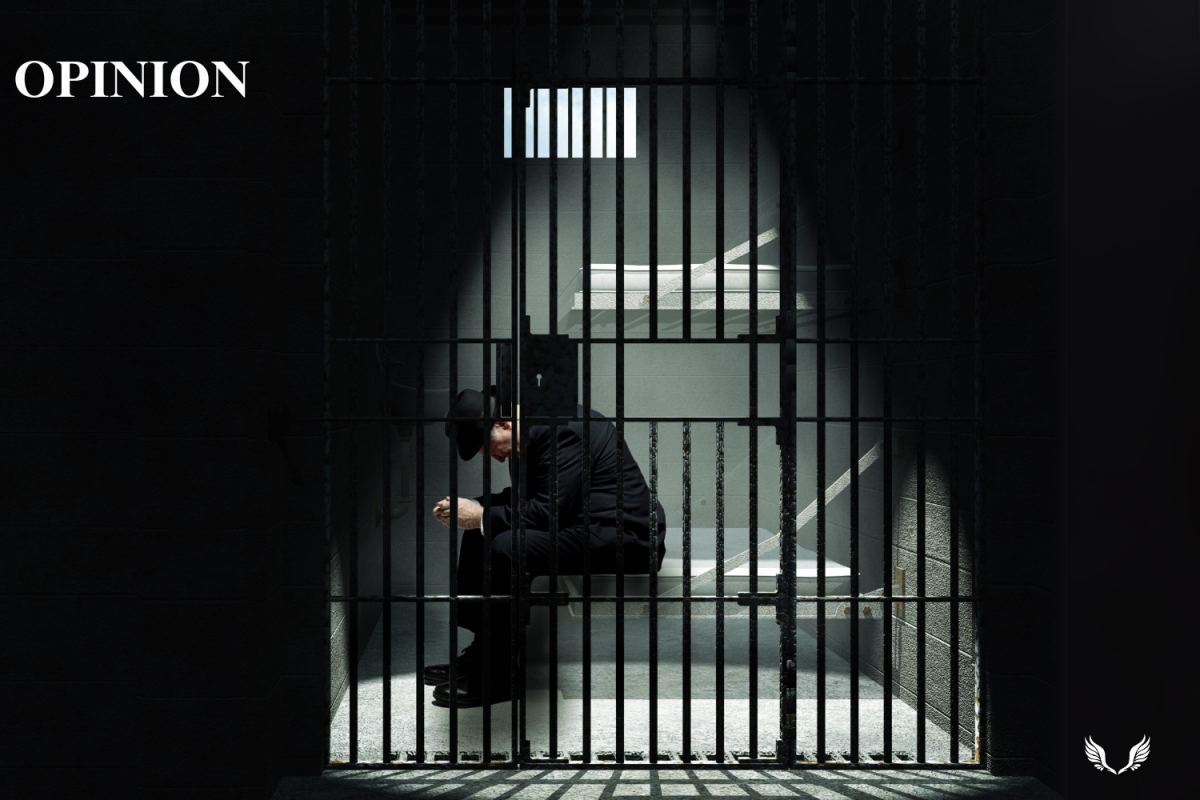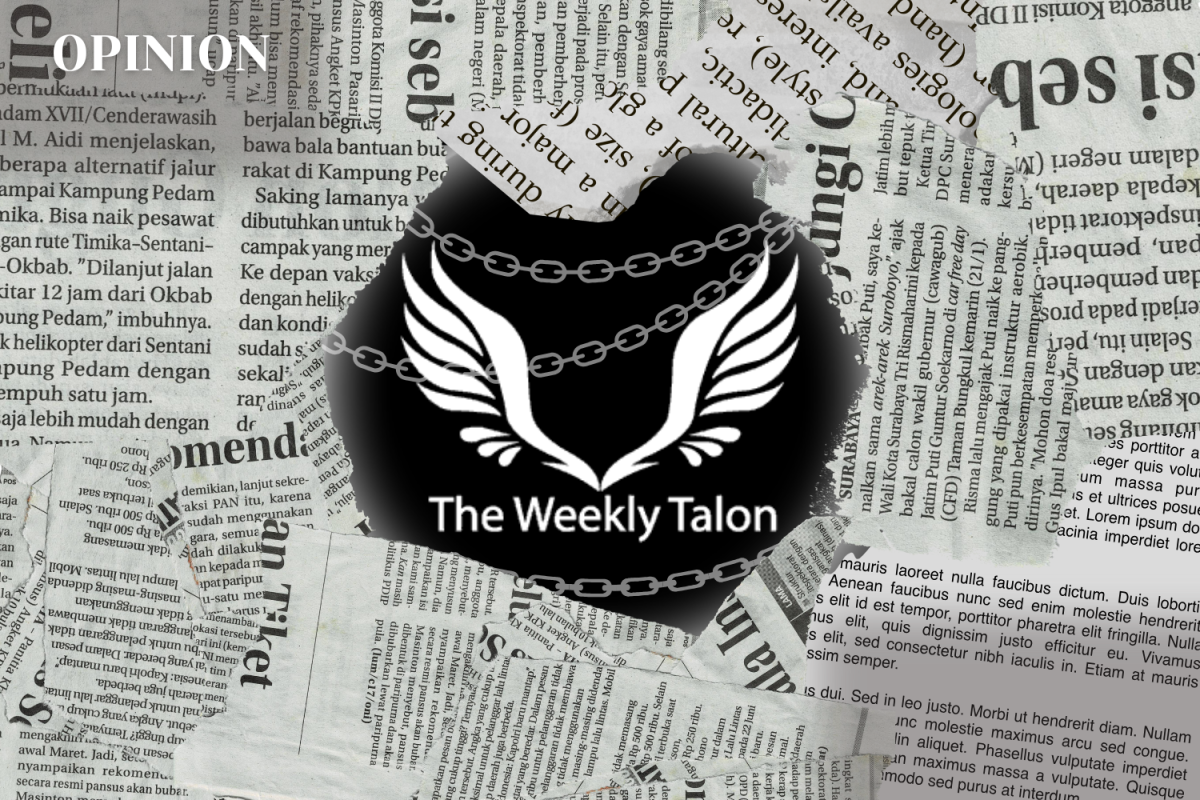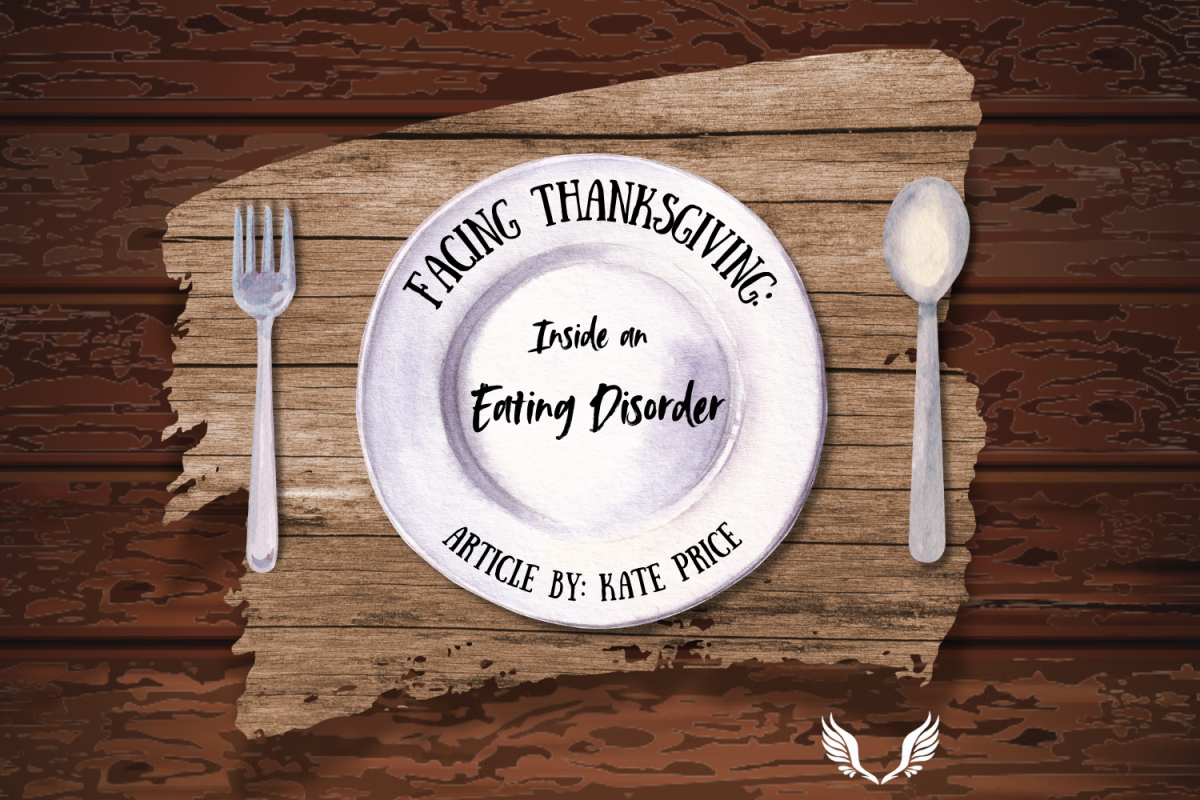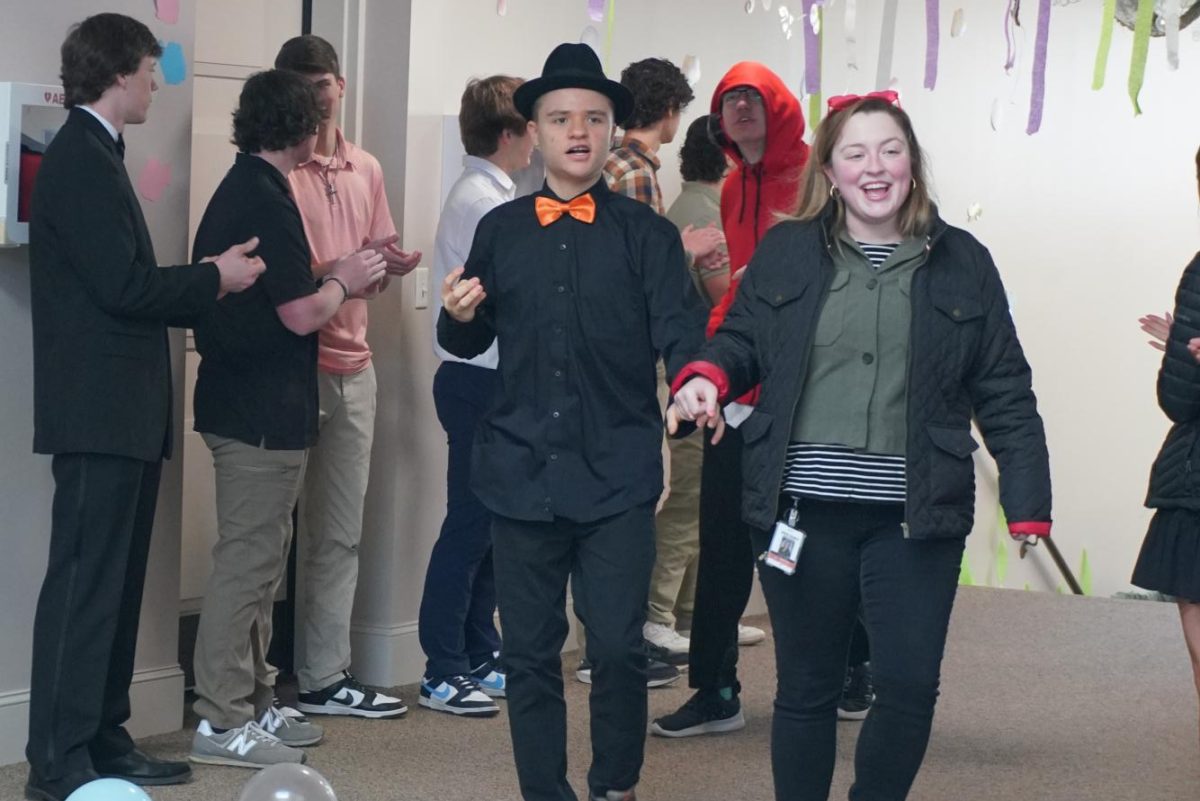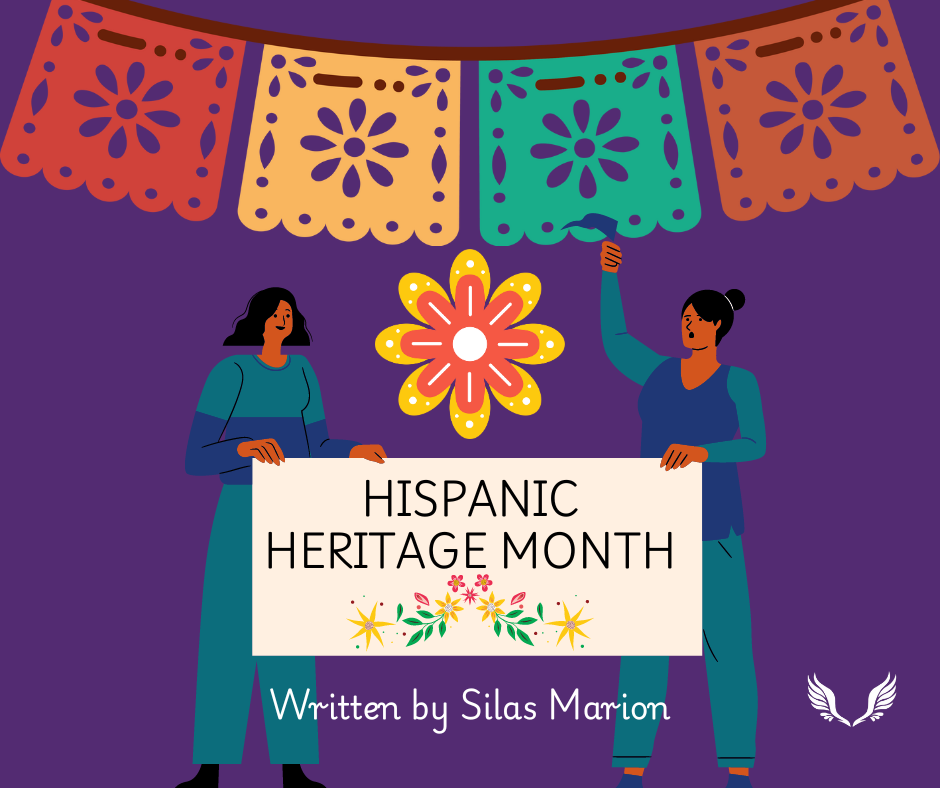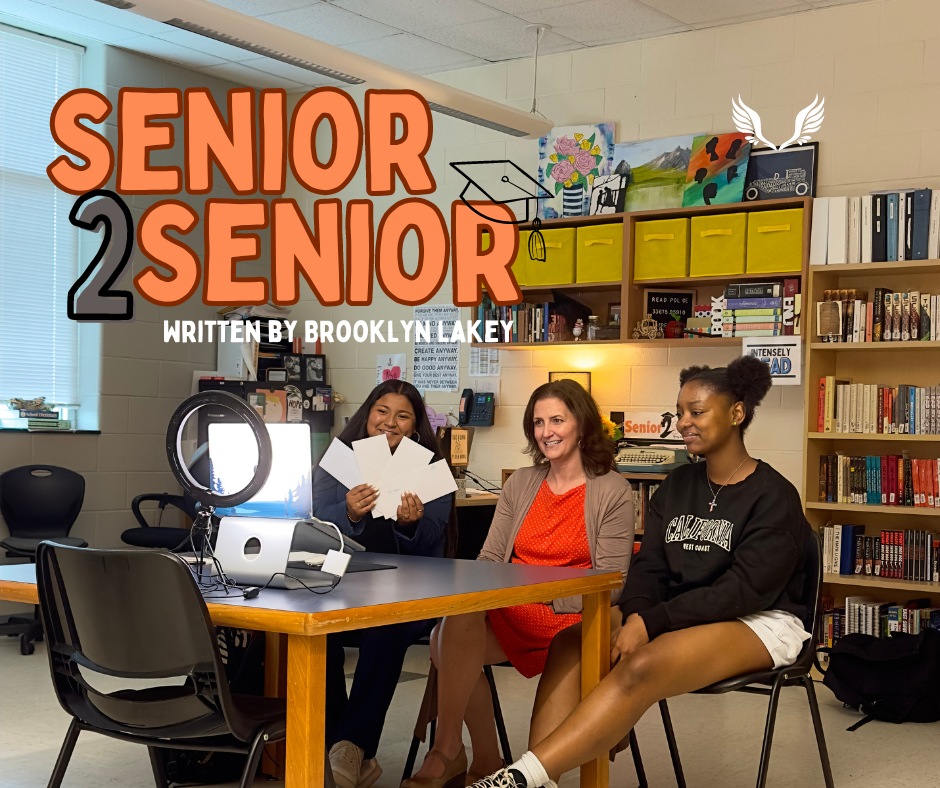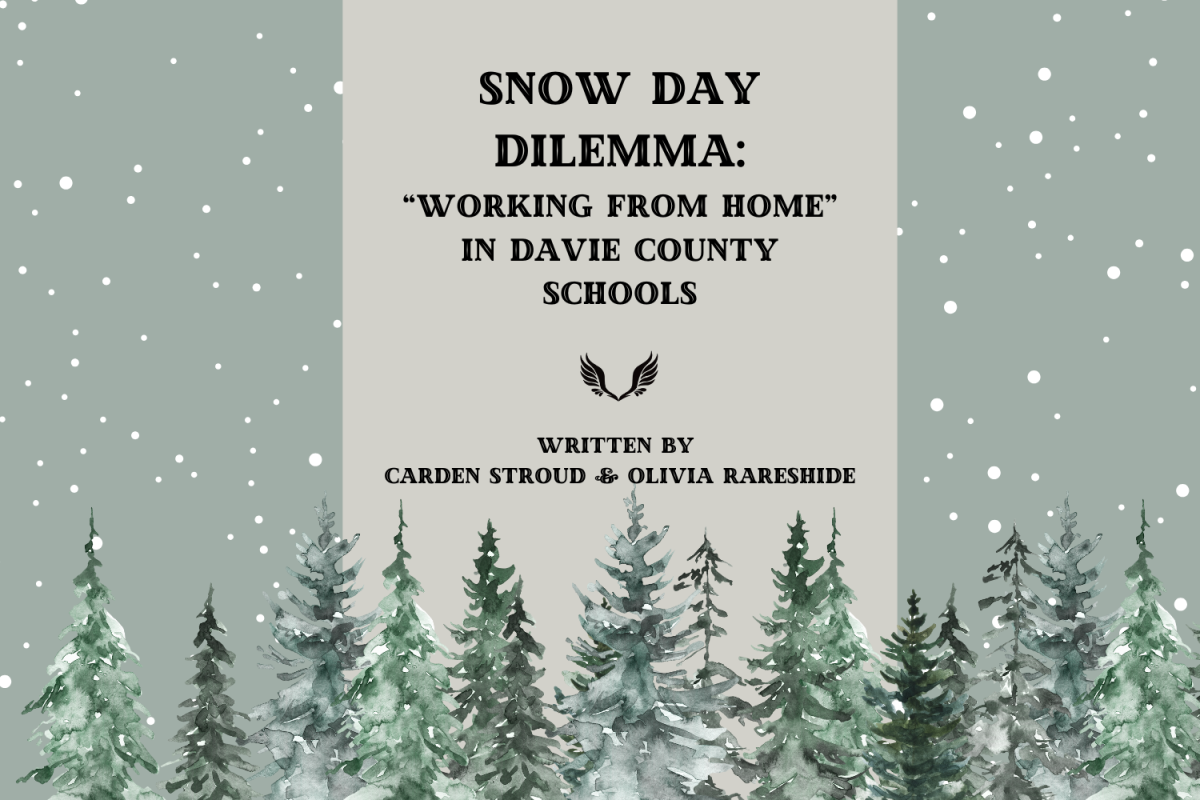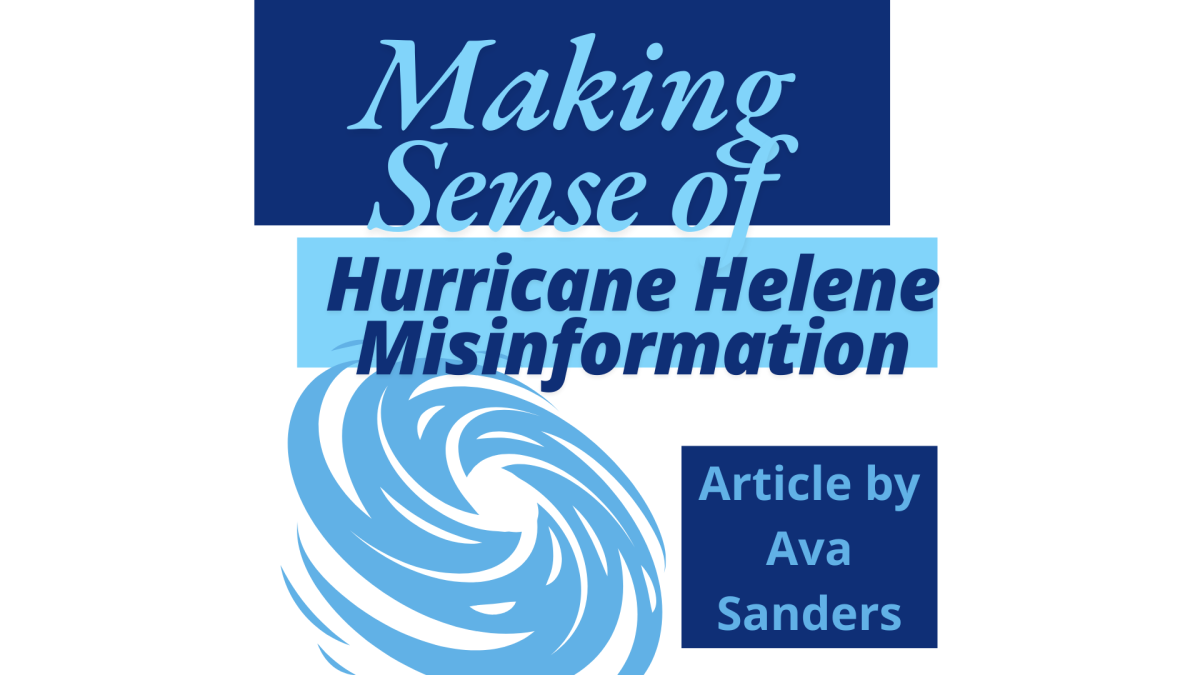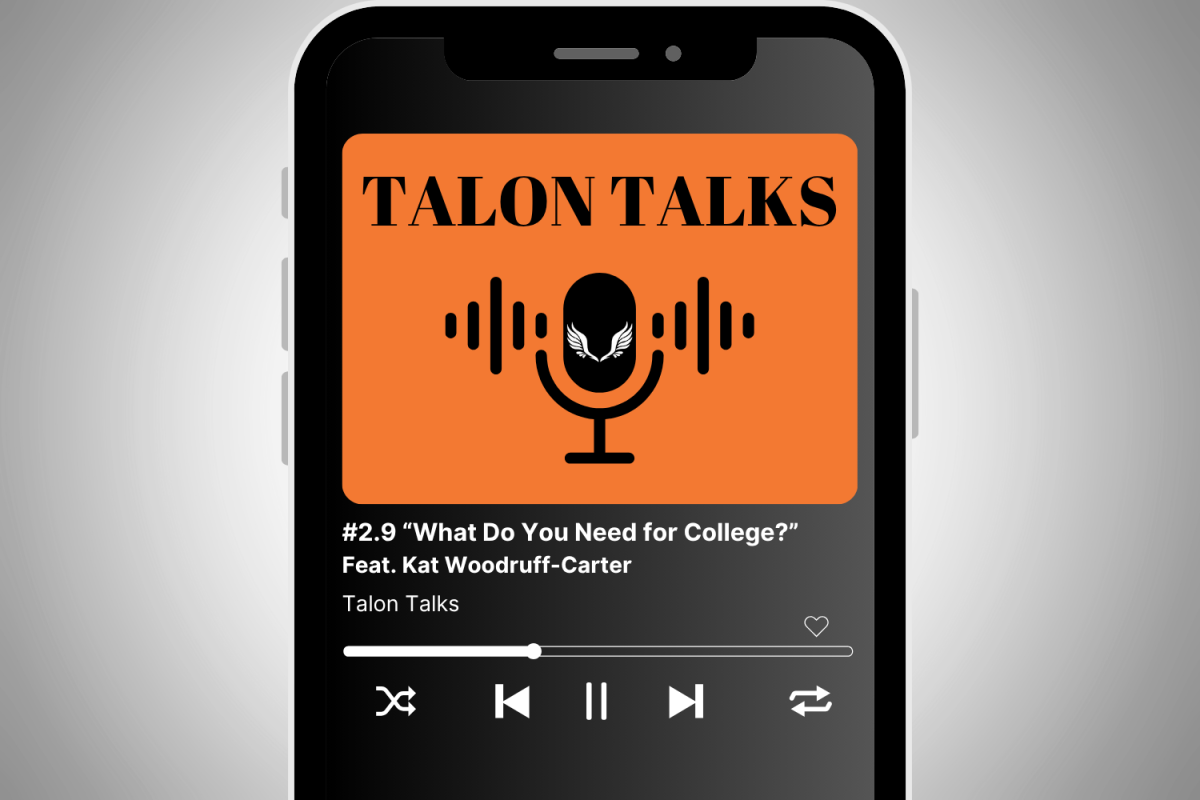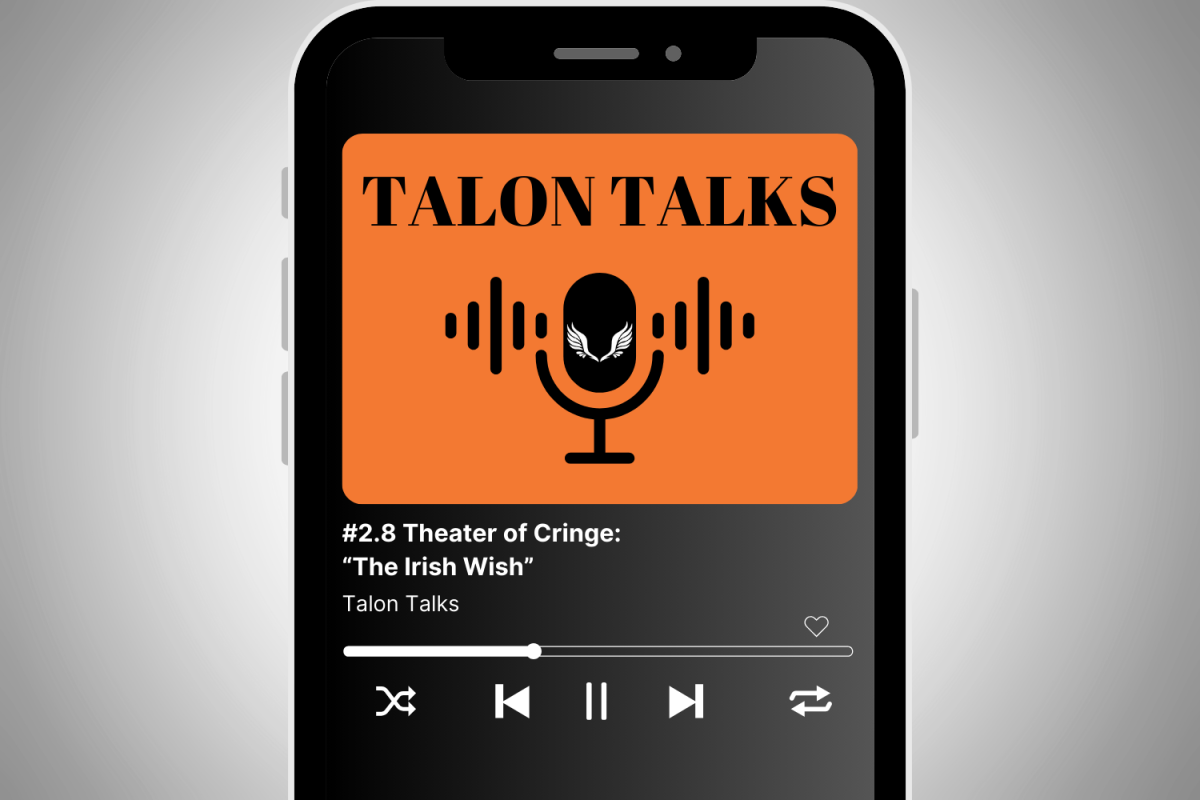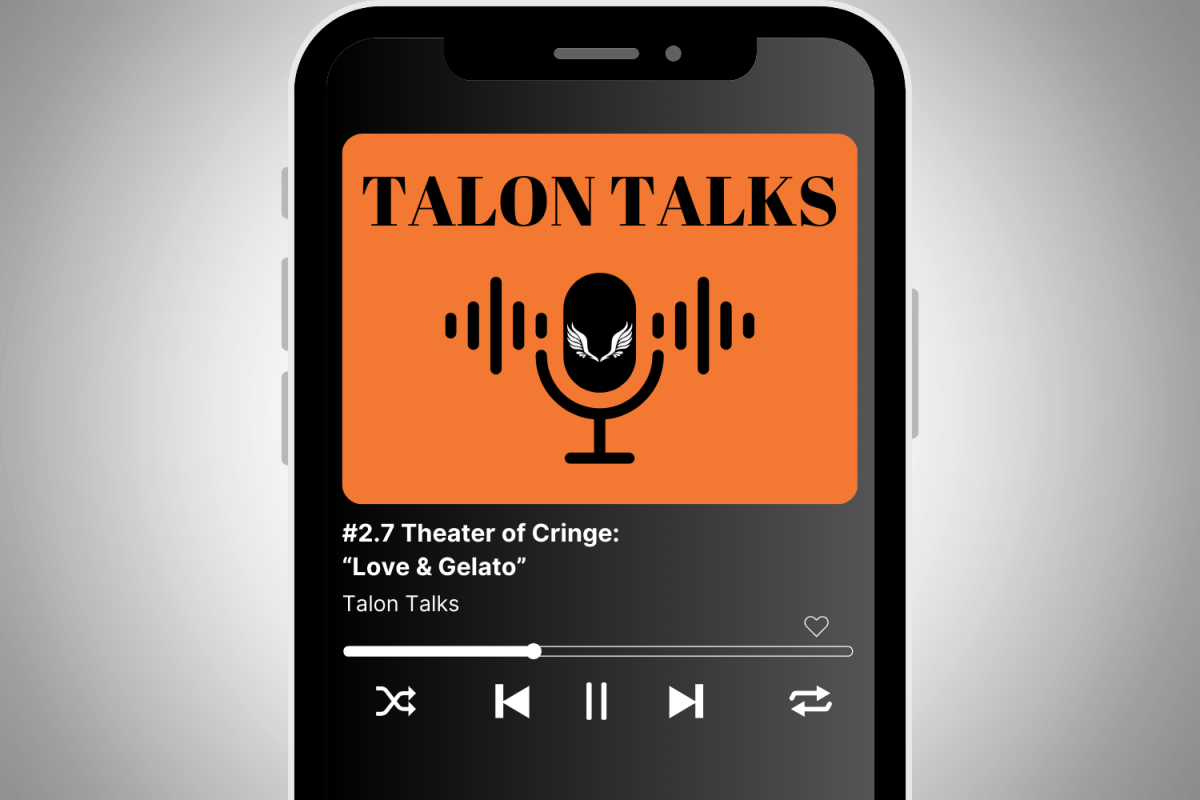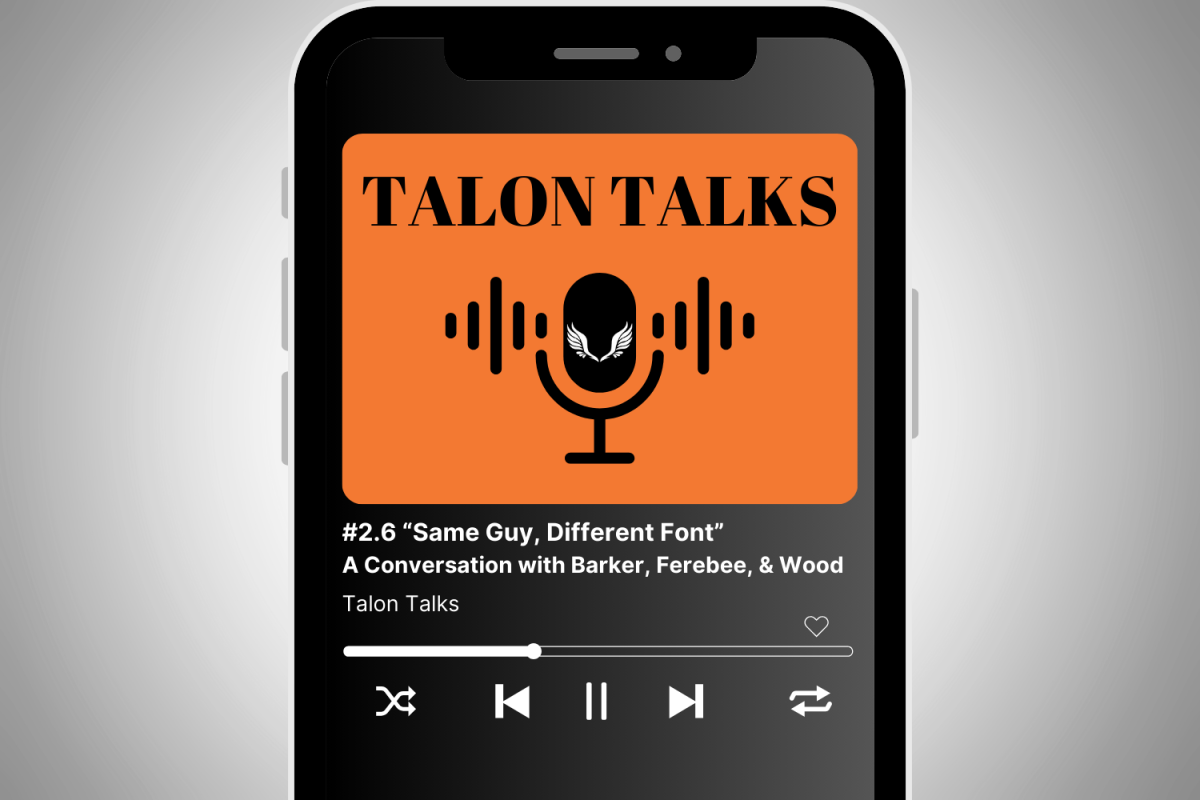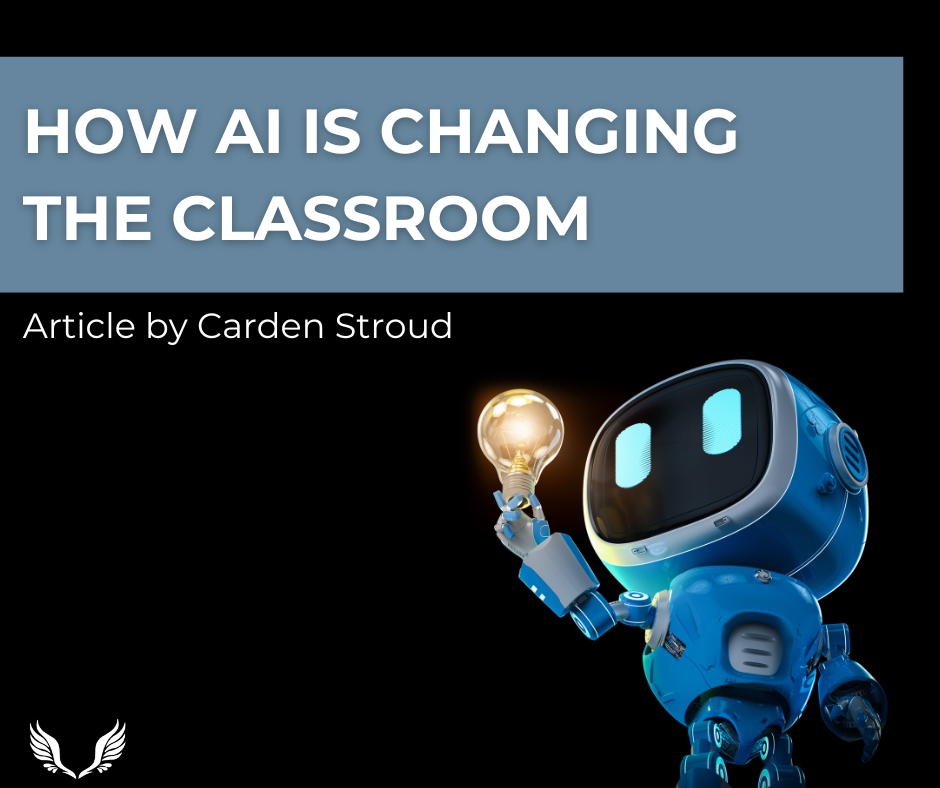In recent years, our school and district have experienced a number of major shifts in how the educational process is carried out. While traditional papers and pencils still have their place, we’ve transitioned to using Chromebooks and digital boards much more. Outside of educational use, there’s also been a school-wide rise in the use of personal devices, such as phones and smartwatches.
While for some it may feel like this widespread digital revolution came out of nowhere, the increased use of technology is a trend that’s been observed throughout history. From the creation of inventions like the lightbulb to the internet, humans have always displayed an unquenchable desire to develop and innovate. As society paves the way forward in our creation of technology, we are eager to implement new ideas in whatever ways we can. However, this pattern of progress raises several important questions: Just because we can innovate, does that mean we should? Is it best for us to advance however we can, or should we be wary of the potential dangers new technologies can bring?
In recent years, these questions have been especially dominant in one field of development: Artificial Intelligence.
AI has become a buzzword in discussions about technology and progress. While opinions vary on the subject, it is undeniable that artificial intelligence is a remarkable yet perplexing subject. The existence of AI opens the door to many exciting possibilities, especially in the classroom. However, with these new opportunities also comes the possibility of new dangers that we must be aware of. As artificial intelligence becomes more prominent in all aspects of our lives, we must decide if and how we’ll use it while also being aware of the issues AI may create for education and the world.
What is Artificial Intelligence?
Before we can jump into the implementation of AI, we must first have a general idea of what it is. According to the BBC, “AI allows computers to learn and solve problems almost like a person.” This capacity for near-human reasoning is what makes AI so unique and, for some, worrisome.
Unlike other programs that remain the same unless changed by a developer, artificial intelligence can take in information and then use it to learn and grow on its own. This ability to autonomously evolve is what makes AI distinctly different from other forms of technology. Instead of being reliant on the commands of human designers or users, artificial intelligence can almost think independently, making it a valuable tool in several ways.
Because of its ability to evolve, artificial intelligence is quite versatile and can be useful in a multitude of areas. It can be used to improve efficiency and speed for businesses, aid doctors with diagnoses, help scientists quickly process large quantities of data, and more. Virtual assistants, like Siri, and social media algorithms on platforms such as Instagram and TikTok also use AI. In recent years, generative AI (GenAI) programs like ChatGPT, Quillbot, and DALL-E have been increasingly used by individuals to create or edit many kinds of media, ranging from text to images and even entire songs.
How is AI Affecting Education?
While AI has extensive applications across these various industries, its impact goes far beyond these fields. One area that is already changing because of AI and will continue to do so as technology advances is education.
New developments in the digital age have always impacted the way we learn. In just this decade, our own district has seen a substantial rise in the use of technology in classrooms. Students have their own Chromebooks for completing assignments digitally, and teachers use interactive touchscreens to present content. Other forms of technology, like 3D printers, have also found their place in educational settings.
Just as the use of these technologies has risen in the classroom, so has the use of AI. Its versatility allows for teachers and students to use artificial intelligence in numerous ways. Teachers can use it to sort through test data or create lesson plans. Students can use AI-powered programs like Grammarly to aid with writing, or use AI to answer questions they have.
GenAI, in particular, is becoming an increasingly prominent and controversial part of education. While some students may just utilize AI as a tool to help them learn, others take advantage of the technology, using ChatGPT and similar programs to essentially do assignments for them.
As AI becomes increasingly advanced and available, opening the door for abuses of technology, students and teachers are faced with the decision as to how, if at all, they will choose to incorporate it into education. At DCHS, several teachers have taken steps to manage AI use in their classrooms while ensuring their students are properly prepared for the future.
“I have strived to teach my students how to use AI appropriately—for brainstorming and organization,” says English teacher Erica Spry. “However, there have been times when students simply copy and paste an AI-generated response. Students earn a 0 for these responses.”
By using this policy, Spry ensures that her students are exposed to AI while also teaching them an important lesson about using it appropriately. Fellow English teacher Matthew Barker has a similar approach.
“I make my students aware these bots exist—artificial intelligence exists—and that it can have benefits, but I don’t want people using it to write something for them 100%,” he says.
Barker urges his students to avoid relying solely on AI and warns them against accepting that the first thing a GenAI program generates is the best version or that AI will give them the best result at all if they do choose to use it.
“QuillBot, in particular, is a big offender on this one because people will take something that they’ve already written—a full-fledged paragraph or even just a few sentences—and have it expand on what they were writing or rephrase something to sound smarter. And every single time I’ve ‘caught’ someone using QuillBot, it was because it was obvious that they took the first version that came out,” he says.
Barker has also encountered a scenario where a student used QuillBot to rewrite a paragraph, but ended up with a result very close to his original work. When he realized that the student had used AI, he showed both versions of the paragraph to some of his classes. “And what’s funny is that when you compare the two side by side, pretty much every single student agrees that his original version was better. It’s very ironic,” he says.
However, not all of AI’s applications in the classroom are negative. Barker has also seen students use AI on their Genius Hour project, a 12-week assignment where students choose an interest and set a goal, then work to achieve it. He says that some students struggle with turning an interest or idea into a viable project and that ChatGPT, Perplexity, and Gemini have been useful tools that can provide inspiration and “help people get out of their own head.” He believes that this use of AI is fine, but that issues occur when we use artificial intelligence to “take the intellectual labor away and take the cognitive load away,” leading to issues later on.
While some may see the ability of AI to reduce the time and effort needed for assignments like the Genius Hour project as an advantage, others argue that using AI in this way is not beneficial in the long run. If students turn to AI to write their essays or solve math problems for them, they will be at a significant disadvantage when they encounter scenarios where they can’t use AI. The overuse of artificial intelligence in education prevents the development of essential skills. These are not just academic skills that will aid you in your school career, but also ones that will be vital throughout your life. While it may be difficult, boring, or frustrating to complete assignments on your own, the work ethic, time management, and resilience you will gain along the way are sure to be more rewarding than the momentary satisfaction of not having to do your English homework.
Nonetheless, the long-term advantages of not using AI don’t stop some students from overusing the technology anyway. Teachers still encounter scenarios where students choose to forgo putting in the effort of completing an assignment, and instead turn to GenAI to do it for them. Still, AI has faults, meaning this is not a foolproof strategy.
AI is imperfect, just like humans. It is liable to give incorrect answers or generate odd-looking content. For example, AI-generated images can be identified by the irregularly shaped hands that programs often generate. In this same way, teachers have discovered patterns that occur when AI is used to complete work, specifically to edit text.
According to Spry, “It is immediately obvious when a student has used AI because it is often inaccurate and uses vocabulary that the student would not use.” Anyone who has ever used a GenAI program like ChatGPT has likely encountered this. AI written text will likely contain repeated sentence structures, monotonous phrases, overly complex sentences, bulleted lists, and other telltale components.
Barker also pointed out that when people use AI, QuillBot especially, to edit text, the result is writing that sounds oddly British. “It’s kind of like all of a sudden all my students traveled over and they did two weeks abroad in the UK and they came back with a monocle and a top hat and a cane.”
What Lies Ahead for the Future of AI in Education?
Regardless of whether you like it or not, it’s clear that AI has already established itself as a part of the classroom, and that this role will only expand as we continue to develop. Once again, this brings us back to our original questions: Just because we can further advance AI in education, does that mean we should? Should our goal be pursuing development, or remaining cautious of the negative effects AI can have on the learning process?
The answers to these questions are not black and white. Artificial intelligence is a controversial, complex topic. While it does provide an easy opportunity for students to cheat, it is also a versatile tool that could aid educators. There are ways for the negative effects of AI to be negated, but these are not completely accurate all the time. As technology continues to advance and AI gets smarter, will the risks outweigh the benefits? Would it just be safer to avoid any use of AI in the classroom at all?
As these questions are asked in schools worldwide, several places have gone with the “safe” option. Both the New York City Public Schools District and the Los Angeles Unified School District have banned the use of ChatGPT entirely, arguing that it doesn’t build essential problem-solving skills needed for success. At the University of North Georgia, a student was placed on academic probation for using Grammarly, which has tools relying on GenAI, to proofread a paper.
However, there are still many places where the topic of AI is up in the air. With unclear expectations being set among different districts and teachers, students are unsure of how, if at all, they can harness AI.
While it’s unclear how the worldwide education system as a whole will eventually choose to handle AI, Barker has insight as to what direction our own district will be heading.
“You can expect our district to be heading towards a model of not banning AI,” he says. “The goal is to come up with some guidance for all schools so that you don’t have one classroom you go to where your teacher says, ‘I’m going to let you play with this and use this,’ and then another one who says, ‘If you even use Grammarly, then you’re gonna get suspended.”
Regardless of what future AI policies entail, we must not ignore AI entirely. Barker says that when it comes to AI, we can’t be “ostriches.”
“We can’t bury our heads in the sand. Because if we do, we’re putting you guys at a significant disadvantage, I would argue,” he says.
Ignoring AI may be a temporary solution for now, but would be harmful in the future. As we said in the beginning, humans have an inner desire for development. Humanity is constantly pushing forward, expanding our limits, and exploring new possibilities as we go. If we ignore AI in the classroom, the next generation will not be ready to live in a world that AI has so greatly impacted. By instead using school as a starting point for teaching people about AI, and how to use it properly, humanity will be prepared to live in the future we’re creating now.

